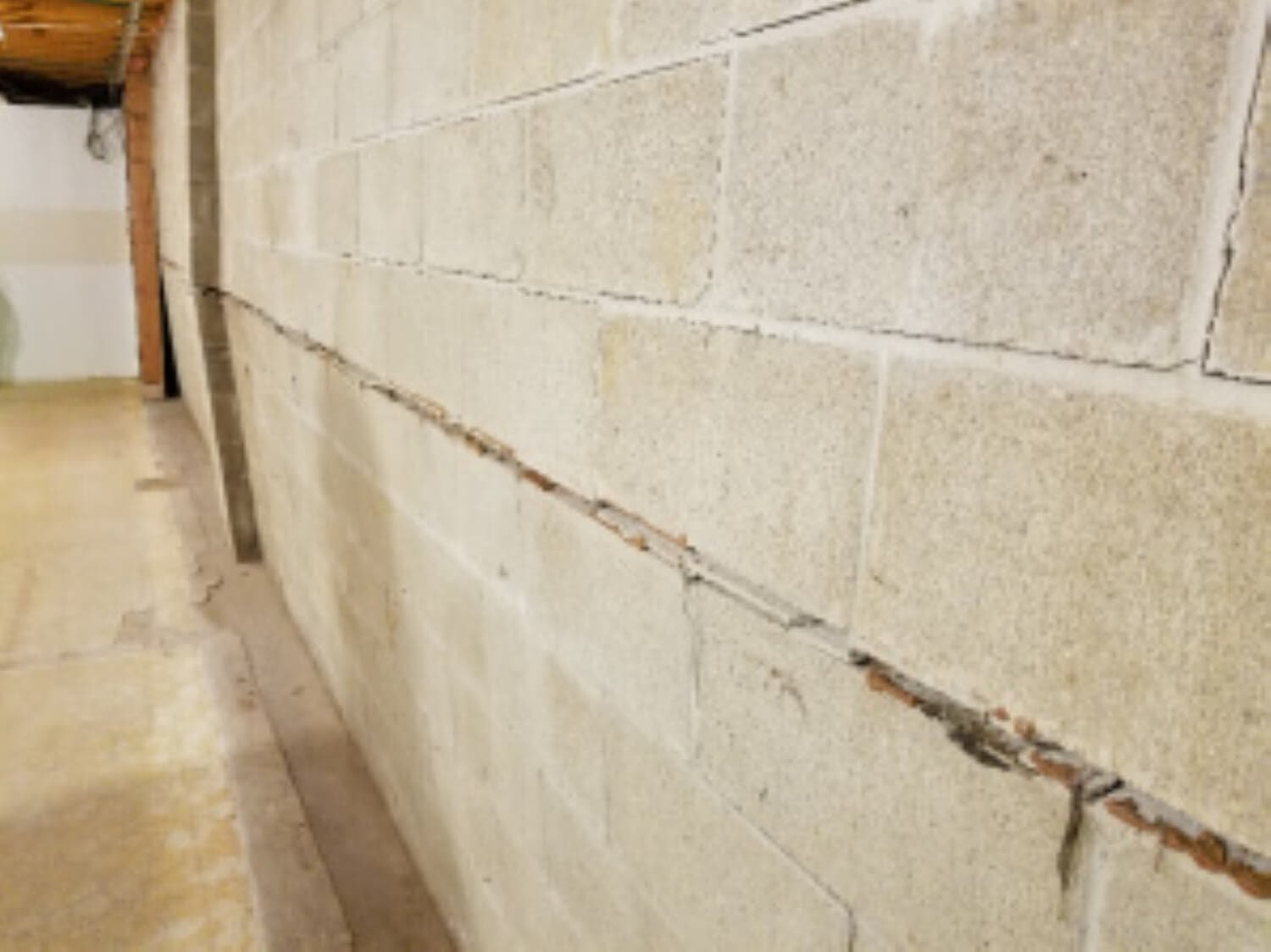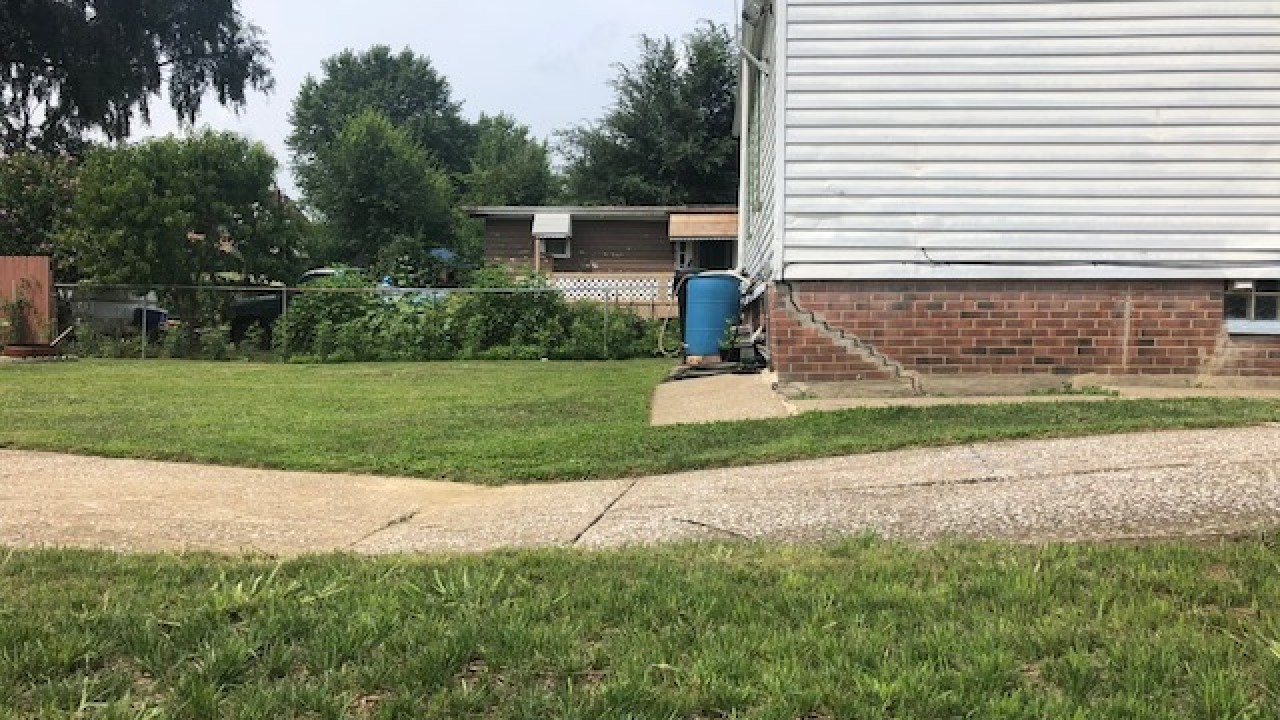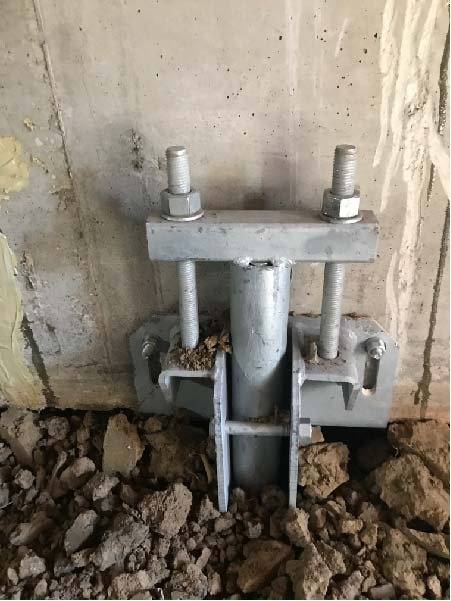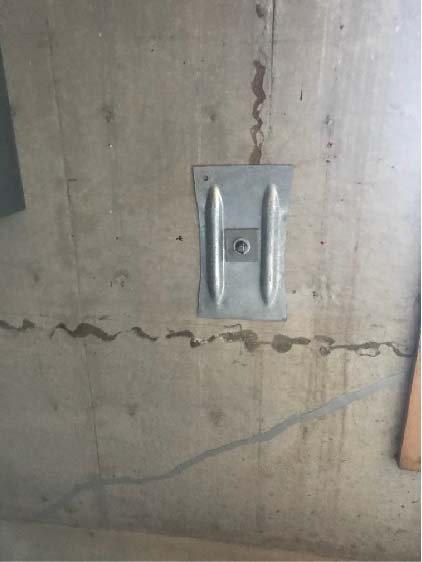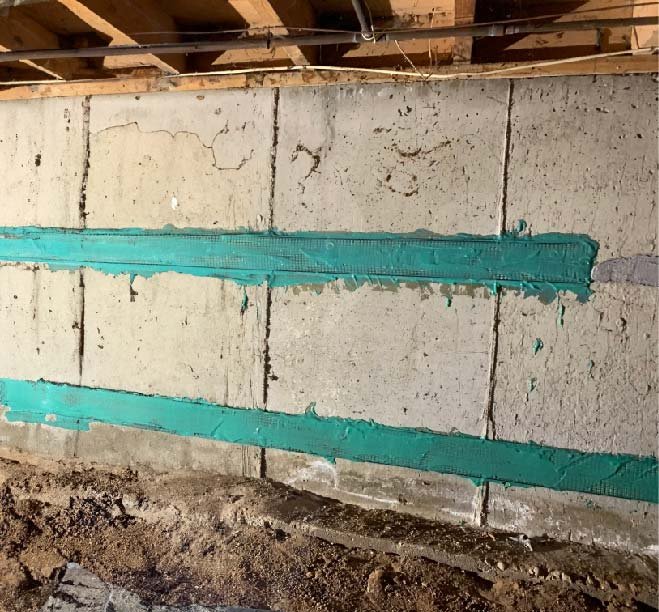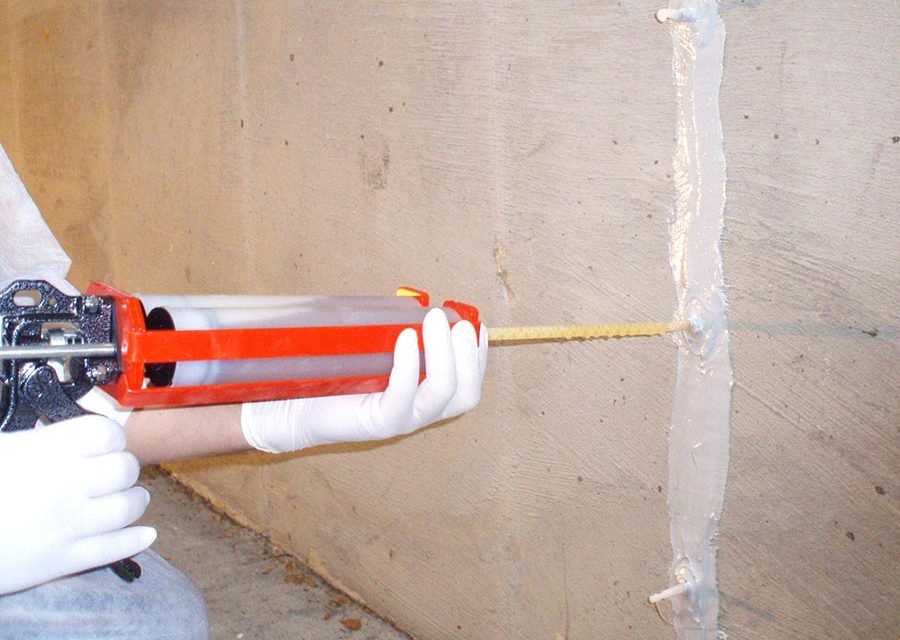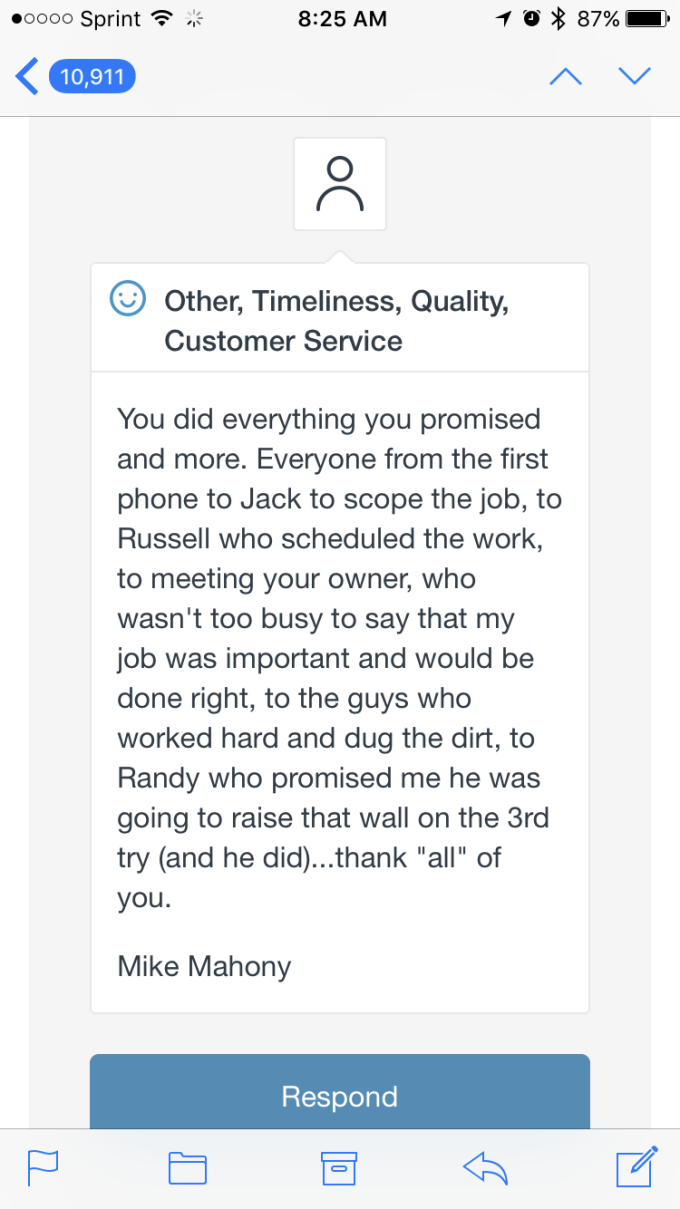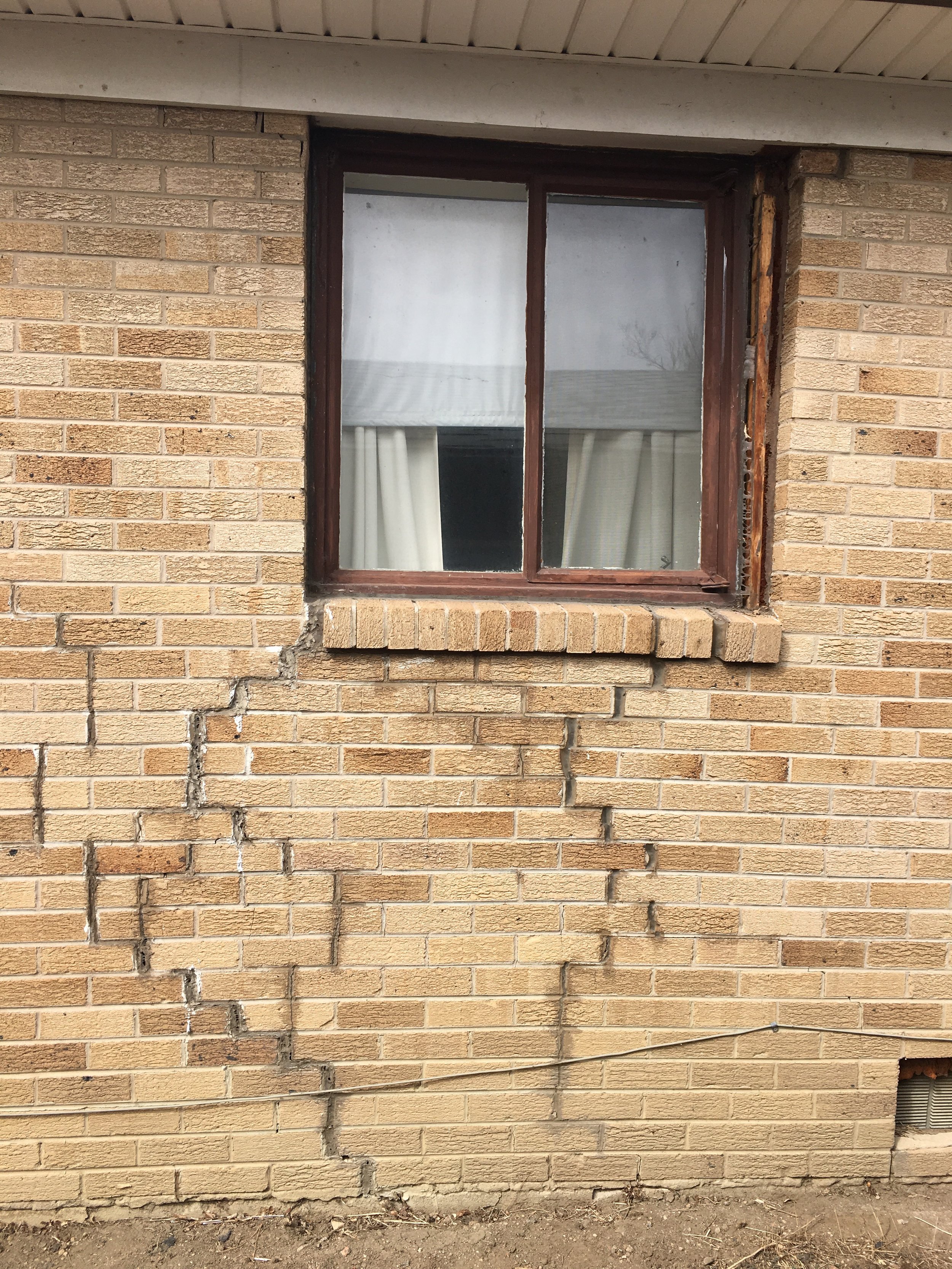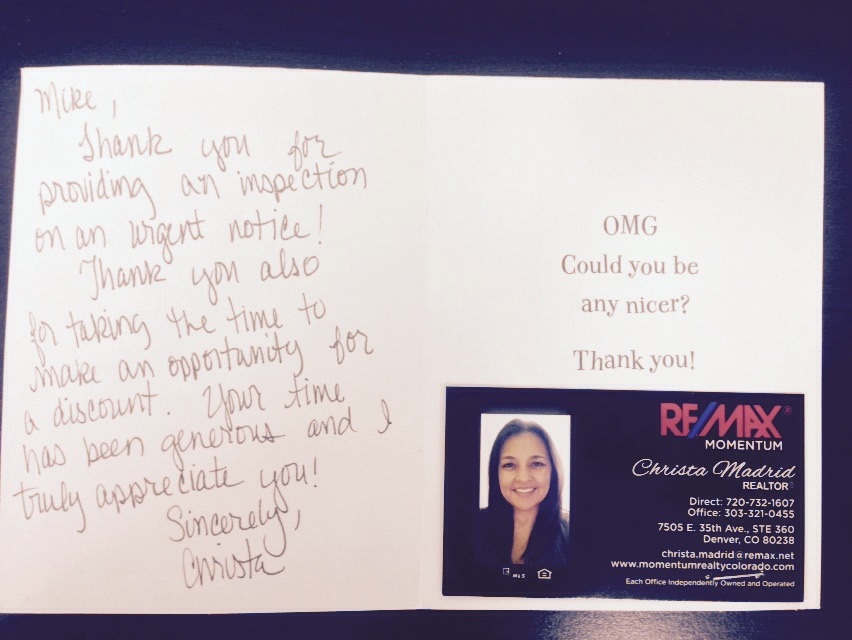Do You Need Foundation Repair?
Common Symptoms & Remedies:
Are you noticing signs of potential foundation issues in your home or property? Understanding the common symptoms of foundation damage and the remedies available can help you assess whether foundation repair may be necessary. Here, we outline some typical indicators of foundation problems and the corresponding solutions to address them:
Common Symptoms of Foundation Damage:
Cracks in Walls or Floors: Vertical, horizontal, or diagonal cracks in walls, floors, or ceilings can indicate foundation settlement or movement.
Uneven or Sloping Floors: Floors that appear uneven or sloping may signal foundation settlement, particularly in older homes or structures.
Doors and Windows Sticking: Difficulty opening or closing doors and windows, or gaps between frames and walls, can result from shifts in the foundation.
Cracks in Exterior Brickwork: Cracks in exterior brickwork, especially around windows, doors, or corners, may indicate foundation movement.
Gaps Between Walls and Ceilings: Separation between walls and ceilings, often seen as gaps or spaces, can suggest foundation issues affecting the structural integrity of the building.
Bowed or Leaning Walls: Walls that bow or lean inward or outward are a clear indication of foundation movement and should be addressed promptly.
Basement or Crawlspace Moisture: Excess moisture or standing water in basements or crawlspaces can contribute to foundation damage, including cracks and deterioration.
Common Remedies for Foundation Symptoms:
Foundation Piering: Installation of concrete or steel piers beneath the foundation to provide additional support and stability, addressing settlement or movement issues.
Slab Jacking/Mud Jacking: Injection of a specialized grout mixture beneath sunken concrete slabs to lift and level them, restoring stability and preventing further settlement.
Wall Anchors/Tiebacks: Installation of wall anchors or tiebacks to stabilize and reinforce bowing or leaning walls, transferring lateral forces to more stable soil or bedrock.
Carbon Fiber Straps: Application of high-strength carbon fiber straps to reinforce and strengthen cracked or deteriorating walls, providing long-lasting structural support.
Waterproofing: Application of waterproofing materials, such as coatings or membranes, to protect foundations from moisture intrusion and water damage, preventing issues like basement flooding and mold growth.
Underpinning: Excavation beneath the existing foundation to install additional support, such as concrete or steel piers, to increase bearing capacity and prevent settlement.
Epoxy Injection: Injection of epoxy resin into cracks in concrete foundations to seal them and restore structural integrity, preventing further damage and deterioration.
View the Top 11 Best Foundation Repair Methods ➤
Importance of Addressing Foundation Issues:
Addressing foundation issues promptly is crucial to prevent further damage and ensure the long-term stability and safety of your property. If you're experiencing any of the symptoms mentioned above, it's recommended to consult with a qualified foundation repair specialist for a professional evaluation and appropriate remediation solutions.
When considering foundation repair in Colorado, timing is crucial for optimal outcomes and cost-effectiveness. Different seasons present unique challenges and advantages for foundation work, so understanding the best time of year for these repairs is essential.
Dealing with a crumbling foundation can be daunting, but with the right approach and professional assistance, it's often possible to address the issues and restore the structural integrity of the foundation.
Understanding the signs of foundation damage is crucial for homeowners to maintain the structural integrity of their properties. Foundation issues can manifest in various ways, from visible cracks in walls to uneven floors and doors that stick.
Foundation repair is a critical process for maintaining the structural integrity of your home. When faced with foundation issues, one of the most common questions homeowners have is, "How long will it take to repair?"
Owning an older home comes with its own set of joys and challenges, particularly when it comes to foundation issues. While every property requires upkeep, older houses often demand extra care due to their age.
Foundation piers play a critical role in preventing further settlement and maintaining the structural integrity of buildings, both residential and commercial. With proper installation foundation piers offer peace of mind and ensure the stability and durability of your home.
Foundation stabilization is essential for maintaining building integrity. Our guide provides an overview of various techniques, helping property owners make informed decisions to address their foundation repair needs effectively.
Understanding the type of foundation your house has is crucial in determining the feasibility of repair. Knowing when it's time to walk away and consider alternative options can save you time, money, and stress in the long run.
Foundation problems can escalate if left untreated, leading to significant structural damage and costly repairs. Understanding the potential consequences of ignoring foundation issues is essential for homeowners and property owners.
Are you noticing signs of potential foundation issues in your home or property? Understanding the common symptoms of foundation damage and the remedies available can help you assess whether foundation repair may be necessary.
Explore the 11 best foundation repair methods available today. Whether you're dealing with cracks, settling, or other forms of foundation damage, understanding these methods can empower you to make the right choice for your property's stability and longevity.


